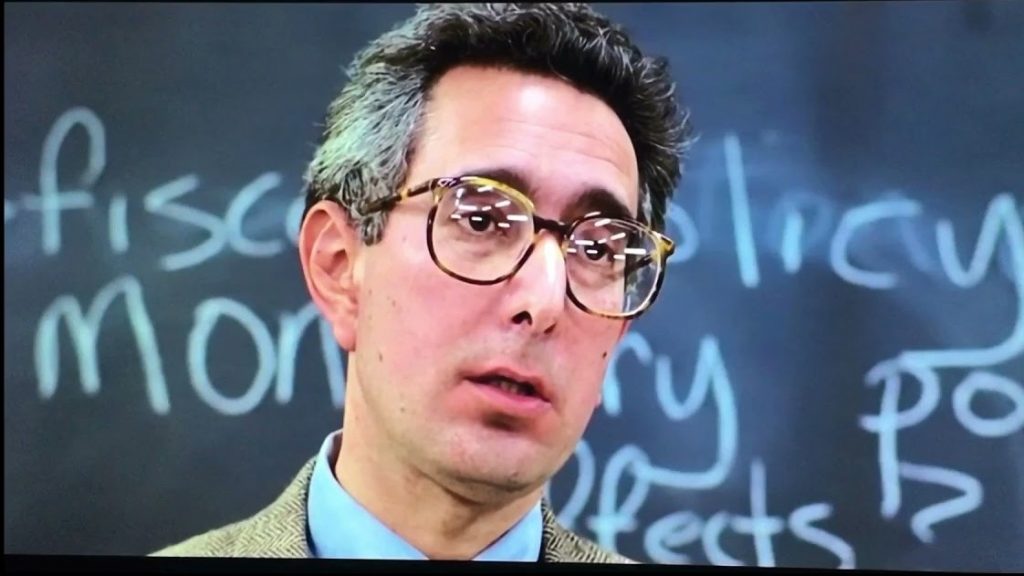Students Aren’t Alone in Chronic Absenteeism, Teachers Missing More School As Well
Students are missing more and more school, however, teacher absenteeism is also becoming a growing concern for many schools.

Chronic absenteeism is a major issue for public schools. Although enrollment rates are dropping, student enrollment does not ensure that students come to class, and not only do districts receive funding based on attendance and enrollment numbers, but ensuring that teachers show up to work is also an ongoing issue. When students miss school it causes performance rates to suffer, but teacher absenteeism contributes heavily to this as well and is yet one more serious problem plaguing the education system today.
Teacher absenteeism was a problem in many states before the pandemic. Although teachers receive a lengthy summer break, and still gain more benefits and bonus options than most workers, this is not enough to entice educators to come to work and do their job. The Institute of Education Sciences recently released their 2022 Pulse Panel which measures both student and teacher absenteeism. While this report blames the COVID-19 pandemic for stunted behavior and socioemotional development in students, 45% of public schools experienced a large increase in student absenteeism, and 37% of teachers were increasingly being chronically absent.
Last year, the post-pandemic increases continued, but at lesser rates. 17% of students increased their chronic absenteeism by a lot, and teacher absenteeism saw a 21% increase in lots of instances. Although the percentage increase has lowered, this is in addition to the already increased rates pre-pandemic and so added together this presents a serious problem. As if it weren’t difficult enough for school districts to fill vacant teaching positions, ensuring that teachers show up for work throughout the school week is yet another battle in the fight to keep the system going.
Some areas have begun offering teachers bonuses for keeping their absences low. In St. Louis, Missouri teachers will be eligible for a $10,000 bonus if they come to class at least 93% of the time. This new measure takes effect during the 2023-2024 school year and is in addition to an 8% pay increase which goes into effect this month. They are also entitled to a 3% pay rate increase next year and the year after that. Despite these perks, teacher absenteeism may not be linked to pay rates at all.
In the current career climate, many workers are seeking more flexibility than pay, which may also lead to more issues with teacher absenteeism. Some schools have even benefitted from switching to a 4-day school week, which extends each school day to ensure that students receive the same amount of instruction. This affords teachers more free time, and the ability to schedule appointments and other personal matters with more ease.

As teacher absenteeism and student absenteeism continues to increase amid record enrollment drops, states have somehow continued increasing education budgets. These funds cannot solve the problem if teachers are more focused on flexibility than pay. School officials are desperate to fill classrooms and blame the pandemic for the ongoing issues, but in truth, the system has been broken for some time and until those root causes are addressed and remedied, this is likely to affect the 2022-2023 school year.



